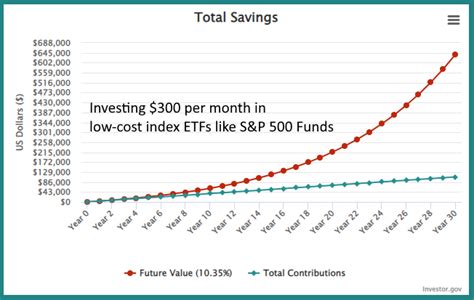Metamask: Metamask deep link for adding custom RPC
Here is an article outline:
Creating Custom MetaMask Deep Links for Enhanced Dapp Experiences
As web3 adoption continues to grow, developers and users alike are exploring new ways to interact with decentralized applications (dApps) beyond the standard web interface. One such feature that has gained popularity is the ability to create custom MetaMask deep links, also known as “Dapp launches” or “payment requests.” This allows users to seamlessly integrate dApps into their mobile wallets and experiences.
In this article, we will explore how to create custom MetaMask deep links to add a new level of interactivity to your web3 apps. We will dive into the Metamask deep link generator tool and provide step-by-step instructions on how to use it to launch or trigger dApps directly from the Metamask app.
What is Metamask Deep Linking?
Metamask deep linking allows users to create custom URLs that open in their mobile browser, allowing them to interact with dApps without leaving the app. This feature has been widely adopted by developers looking to extend the reach of their web3 apps into mobile wallets and apps.
Creating a Custom MetaMask Deep Link for Dapp Launches
To get started, you will need to follow these steps:
- Install the Metamask Deep Link Generator: First, install the official MetaMask deep link generator from the MetaMask website. This will allow you to create custom links.
- Create a New dApp Launch URL: In the Metamask app, go to Settings > Wallets & Apps > [Your Wallet] > Dapp Launches. Click “New” and enter a name for your dApp launch.
- Configure Launch Settings: Configure the launch settings as desired (e.g. payout amount, gas limits, etc.).
- Copy Generated URL

: Once you have configured the launch settings, copy the generated URL.
Example of a Custom MetaMask Deep Link
For example, let’s say you have a dApp that allows users to buy NFTs using the Ethereum blockchain. You want to create a custom MetaMask deep link to launch this dApp directly from the Metamask app.
Here’s an example of how you might use the Metamask deep link generator:
- In your wallet, go to Settings > Wallets & Apps > [Your Wallet] > Dapp Launches.
- Click “New” and enter a name for your dApp launch (e.g. “NFT Buy”).
- Configure the launch settings as desired (e.g. payout amount, gas limits, etc.).
- Copy the generated URL:
Wallet]/dapp-launches/NFT-Buy
- In your dApp, you can now trigger the launch by clicking on this custom MetaMask deep link.
Conclusion
Creating custom MetaMask deep links for dApps is a powerful way to extend the reach of your web3 apps to wallets and mobile apps. By following these steps and using the Metamask deep link generator tool, you can create seamless and interactive experiences that increase user engagement with your dApps. Whether you are building a new app or integrating an existing one with your wallet, this feature is definitely worth exploring.

